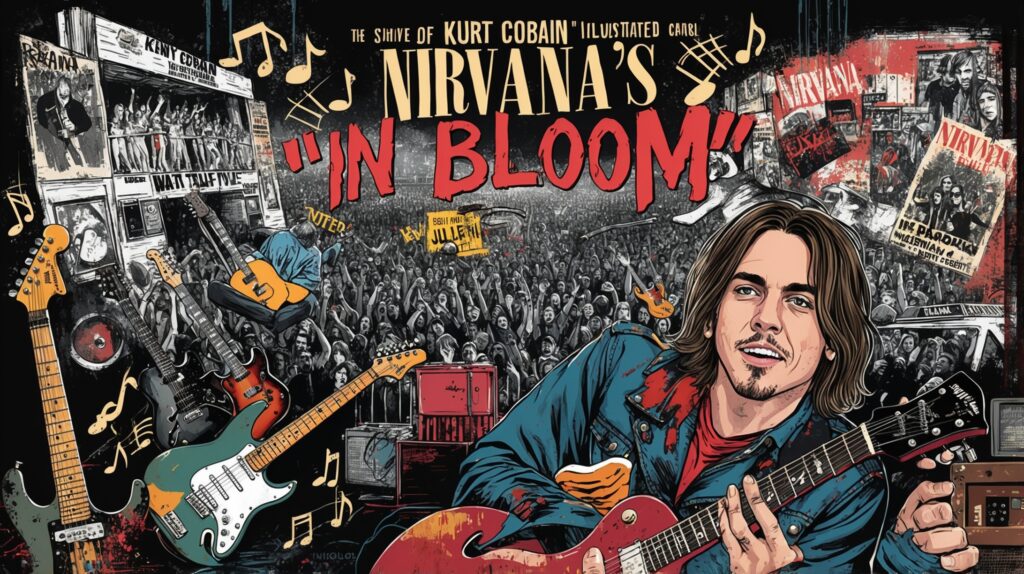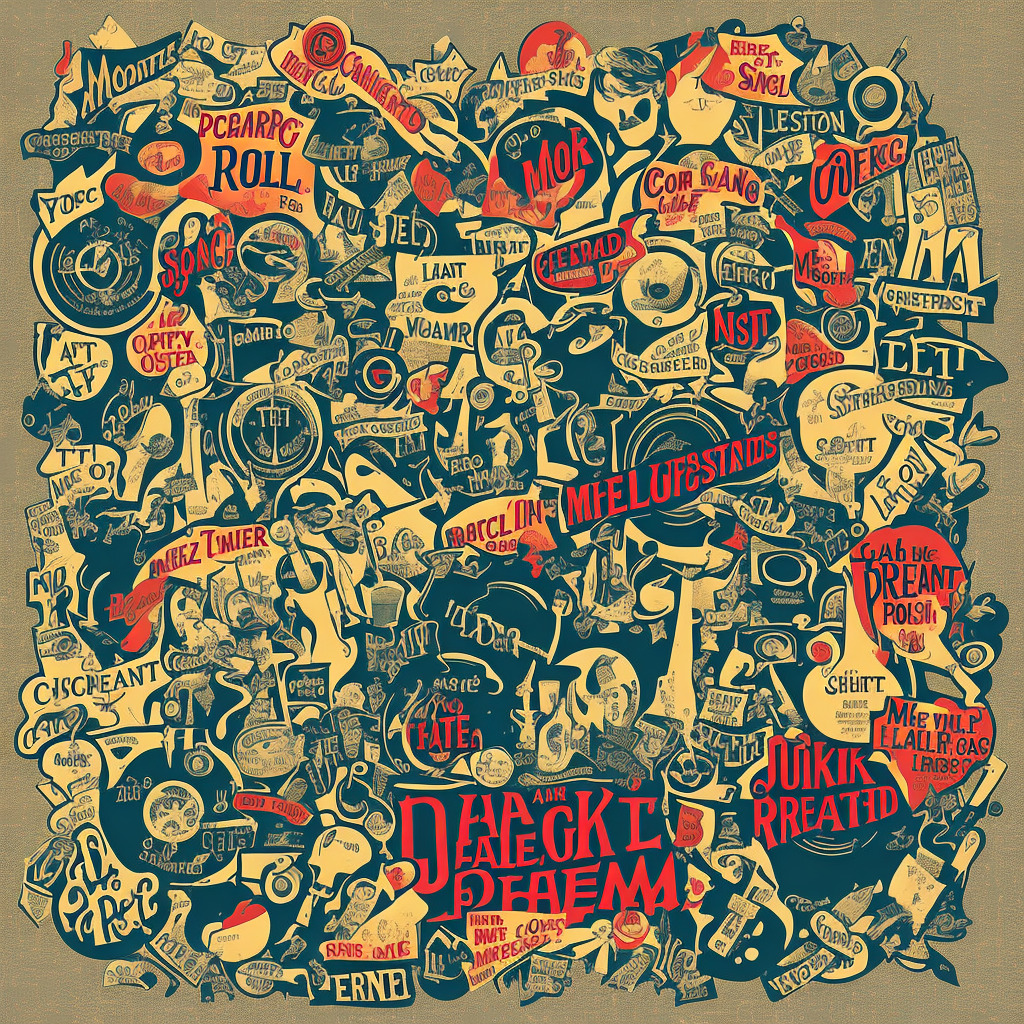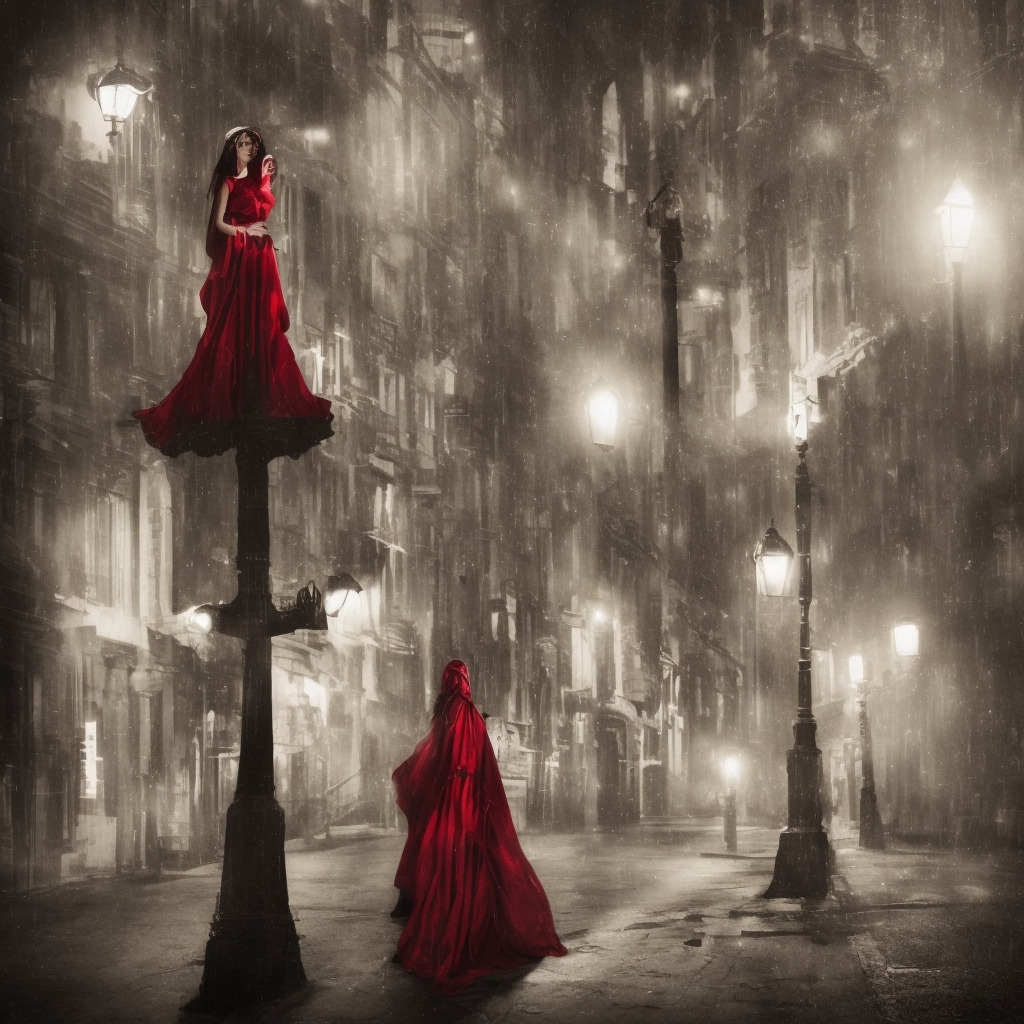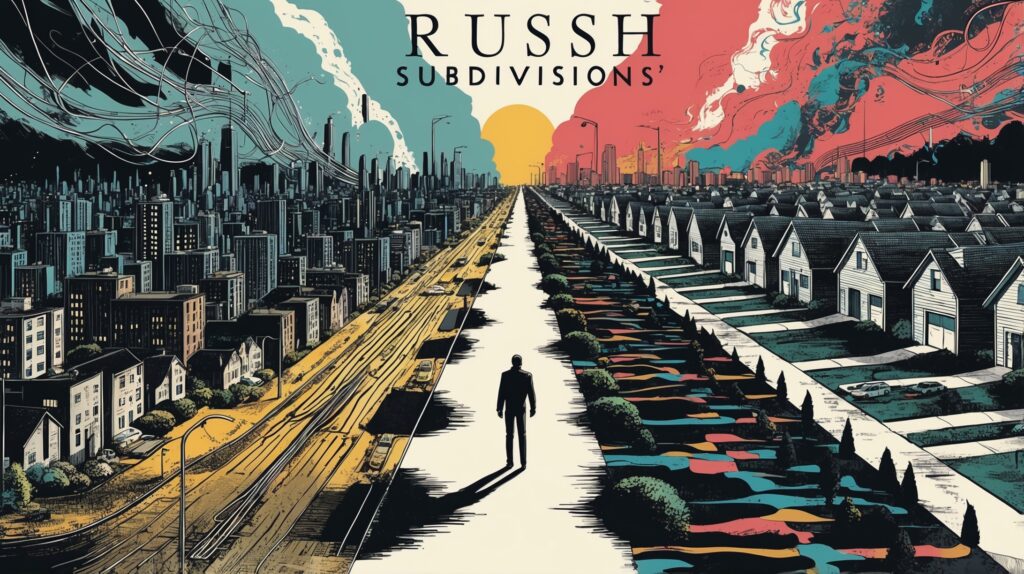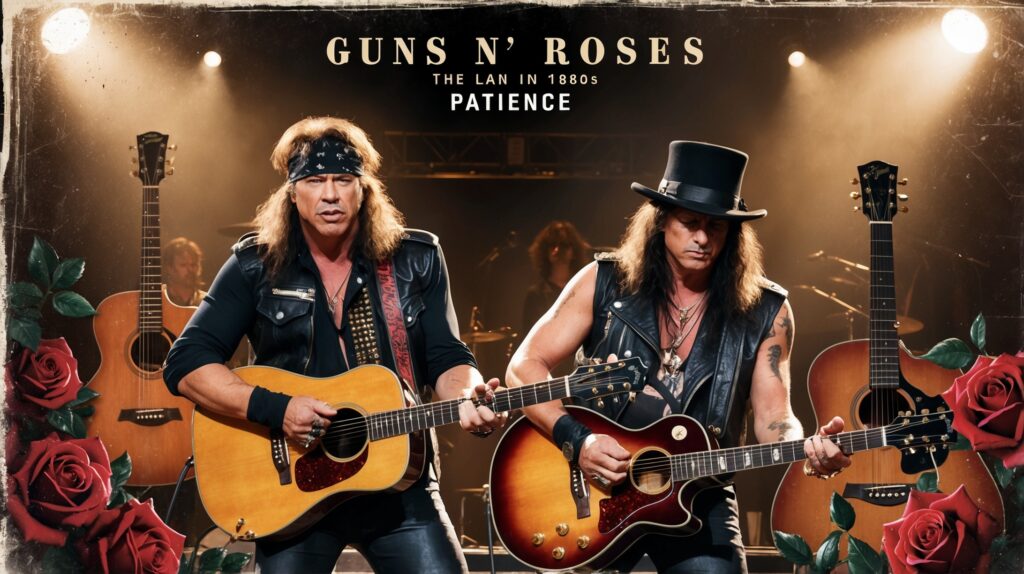Nirvana: The Pioneers of Grunge Rock
Explore the rise of Nirvana, one of rock music’s most iconic bands, and their pivotal role in the grunge movement, with a focus on the era surrounding the release of ‘In Bloom’.
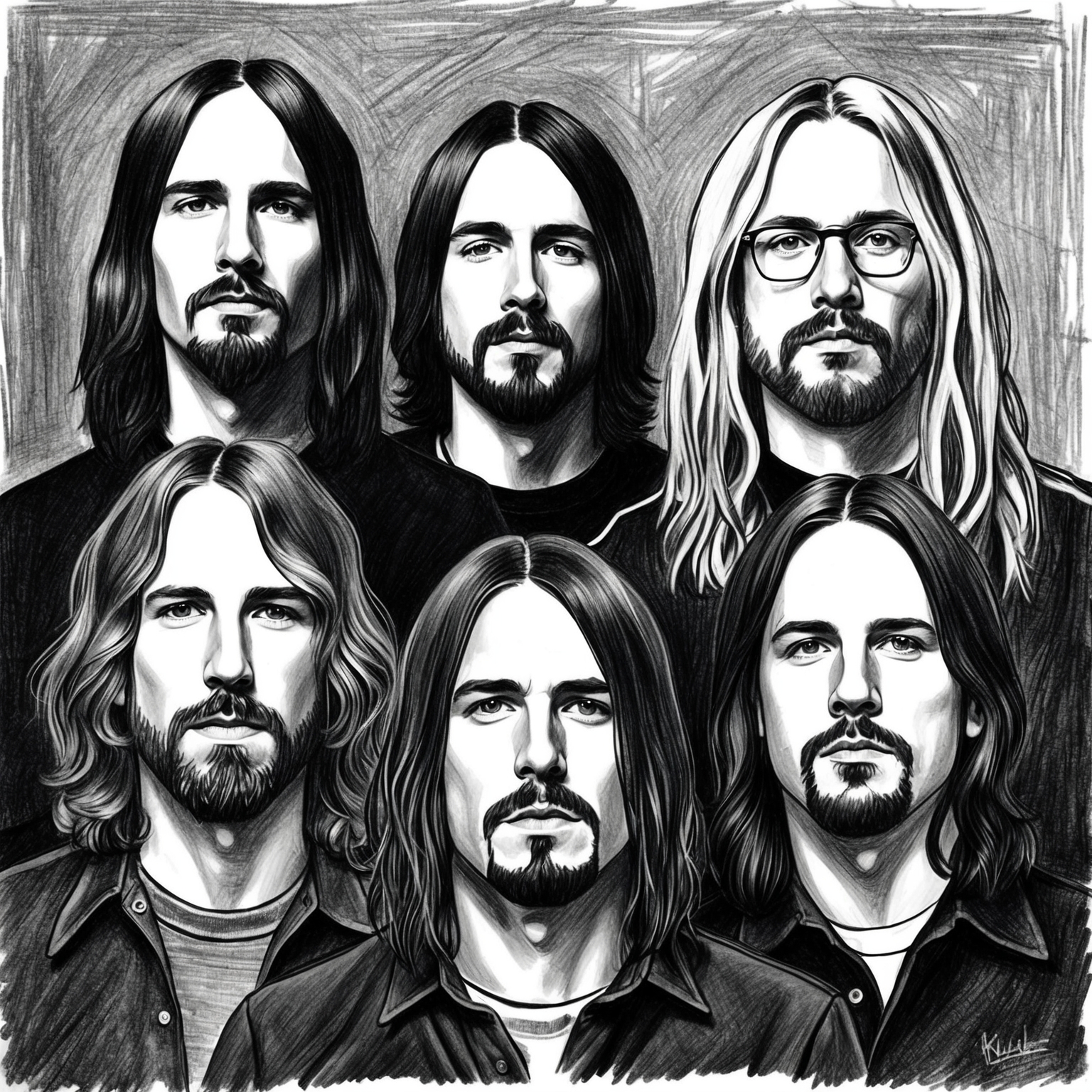
Nirvana, the legendary rock band that drastically changed the course of music history, continues to be celebrated today for its raw, uncompromising sound. Formed in 1987 in Aberdeen, Washington, Nirvana became one of the pioneers of the grunge movement and is perhaps most renowned for their profound influence on the music scene of the early 1990s. Among their seminal works stands the song ‘In Bloom,’ a track that solidified their status in the pantheon of rock legends and offered a penetrating critique of their own meteoric success.
The band, fronted by the enigmatic and talented Kurt Cobain, initially started by carving out a niche in local clubs. Cobain, originally from a small town with a tumultuous upbringing, found solace in music, crafting songs that resonated with themes of alienation and rebellion. Alongside bassist Krist Novoselic and later drummer Dave Grohl, Nirvana sharpened their sound with each performance, paving their way to groundbreaking success.
As the ‘90s exploded with alternative rock, Nirvana was at the center. Their collaboration during this era with producer Butch Vig and other artists under the legendary Sub Pop label brought a distinct sound that merged punk intensity with melodic elements. This mixture was perfect for the burgeoning grunge movement. ‘In Bloom’, from their critically acclaimed album Nevermind, epitomized this blend of accessible melody and biting lyricism, contributing to the band’s enduring legacy and showing their knack for addressing both personal and social issues through music.
Kurt Cobain: The Musical Genius Behind ‘In Bloom’
Explore Kurt Cobain’s influential role as the composer of Nirvana’s ‘In Bloom’, highlighting his unique musical style, pivotal contributions, and the contextual background that shaped this iconic song.

Background and Career: Kurt Cobain, the iconic frontman of Nirvana, was not just the voice but also the mastermind behind many of the band’s legendary tracks, including ‘In Bloom’. Born in Aberdeen, Washington, in 1967, Cobain’s early life was punctuated with challenges that would later inform his raw and authentic songwriting. Showing a keen interest in music from a young age, Cobain was largely self-taught, dabbling with a range of instruments. His career took off in the late 1980s when he formed Nirvana with bassist Krist Novoselic. The band’s explosive entry into the music scene helped define the grunge genre, with Cobain at the helm as its creative force.
Musical Style and Influences: Cobain’s musical style was a melting pot of punk rock, pop, and alternative elements, influenced by bands like the Pixies, Black Sabbath, and The Melvins. His compositions frequently intertwined aggressive guitar riffs with melodic elements, creating the unique sound Nirvana is known for. Cobain was known for his introspective and often cryptic lyrics, which reflected his personal struggles and societal critiques. ‘In Bloom’ is a prime example of how Cobain fused catchy melodies with gritty themes, addressing the disconnect between Nirvana’s true fans and those who appreciated their music superficially.
Role in the Song’s Creation: As the primary composer of ‘In Bloom’, Cobain’s contributions extended beyond just writing the music. His understanding of juxtaposing lyrical themes with energetic instrumentation gave the song its distinct tone. Cobain’s compositions often blurred the line between harmony and chaos, a testament to his innovative approach to songwriting. His vision was to reflect both irony and introspection in ‘In Bloom’, targeting the mainstream listeners who were unaware of the true depth of Nirvana’s music. This duality played a crucial role in resonating with a wide audience, showcasing Cobain’s adeptness at crafting multi-dimensional compositions.
Recognitions and Reverberations
“In Bloom” by Nirvana has earned recognition not only for its critical role in the success of Nevermind but has also been covered by various artists, showcasing its enduring appeal. Notable covers include Sturgill Simpson’s bluegrass rendition and Tired Lion’s tribute. Its inclusion in video games like Rock Band 2 highlights its lasting impact.
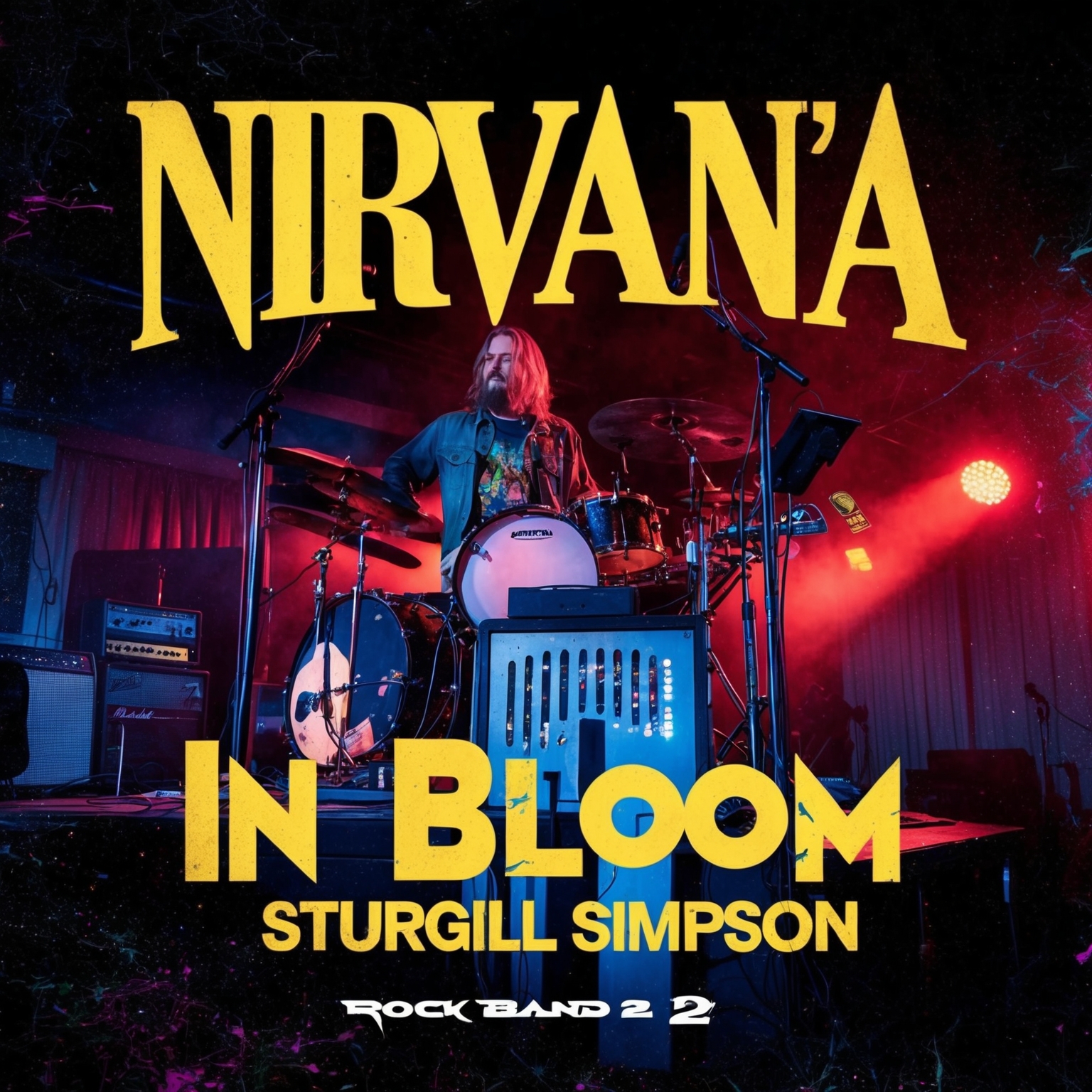
“In Bloom” by Nirvana, a staple of 90s grunge rock, is not only celebrated by fans but has also achieved significant recognition and inspired numerous interpretations over the years. Although it may not have racked up a plethora of awards like its album-mate “Smells Like Teen Spirit,” it has left an indelible mark on the cultural soundscape. The song’s acclaim largely stems from its embodiment of the grunge ethos and its critical role in propelling the album Nevermind to legendary status.
The track has inspired various artists to cover it, showcasing its versatility and enduring appeal. Notable covers include versions by artists such as Sturgill Simpson, who offered a bluegrass take on the track. His rendition, found on his 2020 Cuttin’ Grass album, infuses the grunge classic with a fresh, country flavor, reflecting its cross-genre influence. Another intriguing cover comes from the Australian band Tired Lion, who offered their rendition in homage to Nirvana during the 2014 Triple J Like A Version sessions, showing the song’s global and generational reach.
“In Bloom” has also made appearances beyond the music scene. It was featured in the 2010 video game Rock Band 2, allowing players to experience the full power and energy of the song. Its inclusion in such media underscores its ongoing popularity and its iconic status in Nirvana’s discography.
Chart Trajectory and Cultural Impact of ‘In Bloom’ by Nirvana
Discover how ‘In Bloom’ by Nirvana established itself as a significant piece in their musical journey. From its chart performance to marketing strategies and cultural impact, delve into how this track solidified Nirvana’s legacy in rock music.
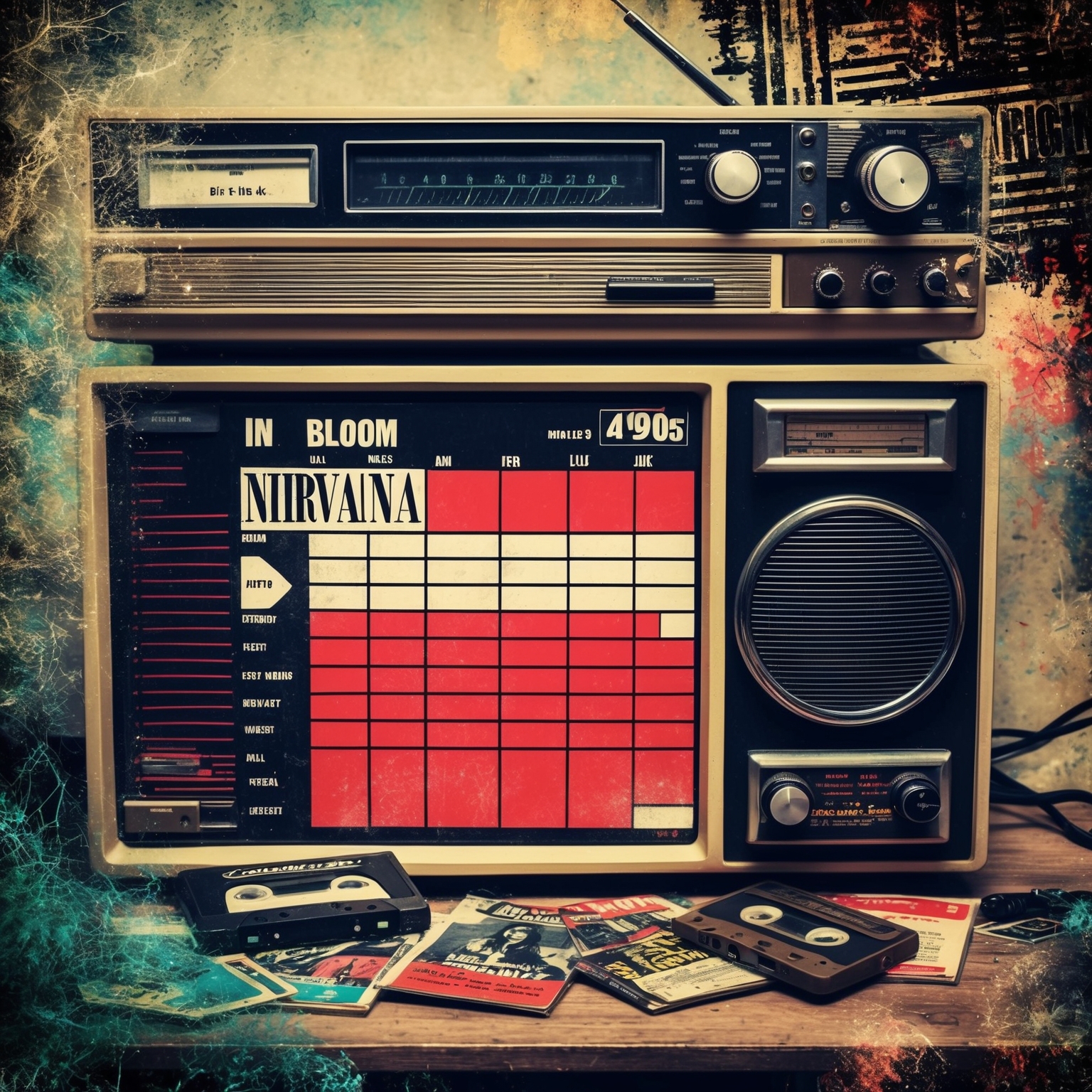
Released as a single in November 1992, ‘In Bloom’ was Nirvana’s fourth single from their acclaimed album Nevermind. Despite not breaking new ground on the US Billboard Hot 100, the song still made significant strides on other charts, signifying its resonance with fans. It peaked at number five on the Billboard Alternative Songs chart, marking Nirvana’s growing influence in the alternative rock landscape of the early ’90s. This position reflected a solid presence, especially given how alternative music was rising in mainstream popularity at the time.
Compared to its predecessors, ‘In Bloom’ followed the mammoth success of ‘Smells Like Teen Spirit,’ a breakthrough hit that redefined the band’s trajectory and brought grunge into the mainstream. While ‘In Bloom’ did not replicate the same level of chart dominance, it crucially reinforced Nirvana’s presence as a consistent force in rock music. The song was seen by many as a follow-up that maintained the momentum created by previous hits.
From a marketing standpoint, ‘In Bloom’ was supported by the memorable and widely discussed music video directed by Kevin Kerslake. It played a significant role in promoting the track, offering a satirical take on 1960s variety shows, aligned with Nirvana’s penchant for critical social commentary. Critics praised the song for its ironic lyrics and catchy hooks, while the video’s nostalgic yet subversive aesthetic resonated with fans and articulated a new cultural moment within the grunge movement. The song’s ongoing popularity is evidenced by its inclusion in numerous playlists and soundtracks, alongside significant streaming numbers even years after its initial release.
A Distinct Visual Experience: Unpacking Nirvana’s ‘In Bloom’ Music Video
The music video for ‘In Bloom’ by Nirvana parodies 1960s TV, using visuals to critique the commercial music industry, enhancing the song’s impact.
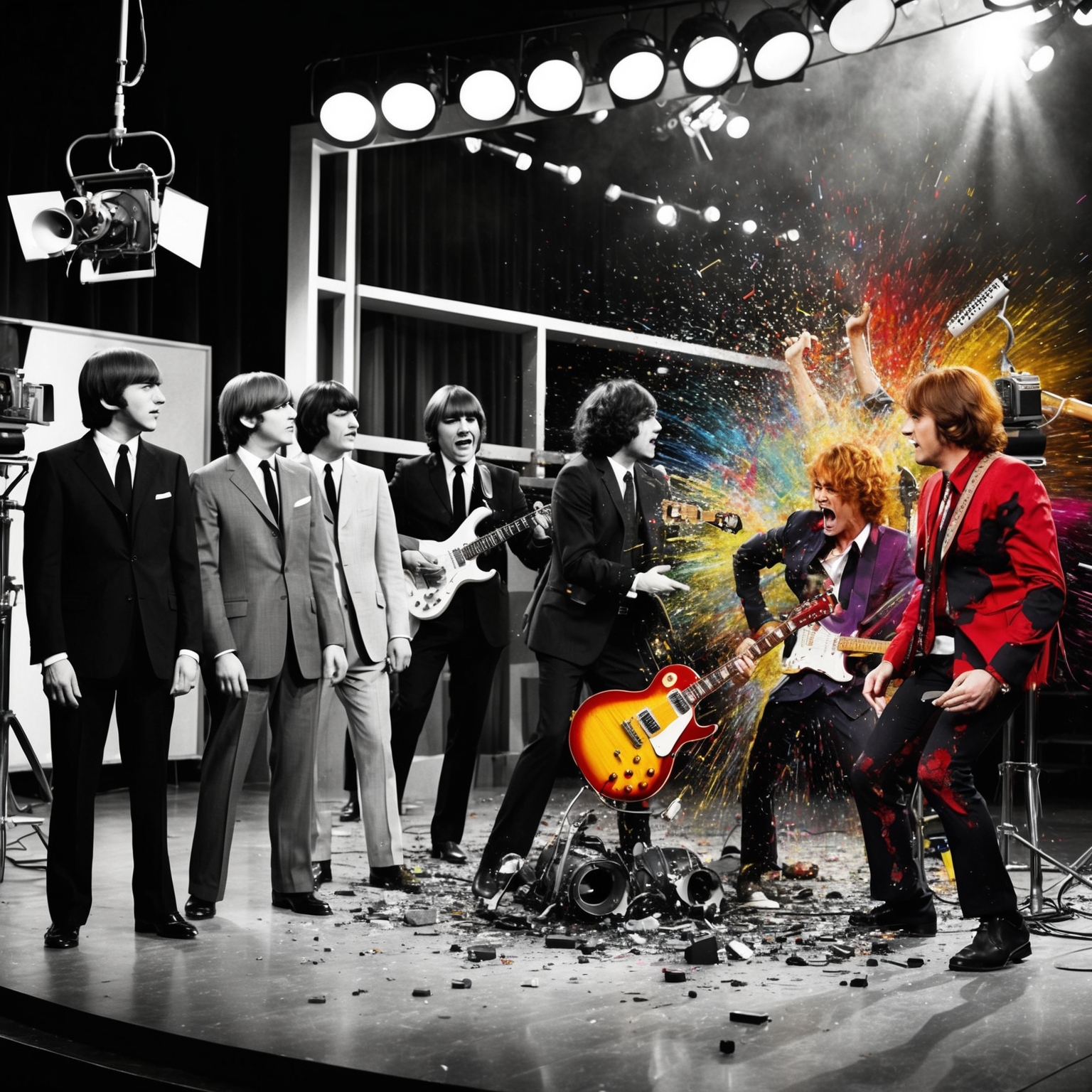
Exploring the Visual Journey: The music video for Nirvana’s “In Bloom” is a fascinating exploration of 1960s television culture, capturing an intriguing mix of nostalgia and rebellion that complements the song’s themes. Directed by Kevin Kerslake, a familiar collaborator with Nirvana, the video utilizes a mock-’60s performance on a fictional TV show. This stylistic choice not only underscores the band’s anti-establishment ethos but also serves as a satirical nod to the preconceived notions of rock bands at the time.
A Tribute to the Past: The video begins with the band introduced in a style reminiscent of vintage television shows, complete with grainy black-and-white visuals. They’re initially dressed in conservative suits, embracing a clean-cut image that stands in stark contrast to their typical grunge persona. This portrayal cleverly mocks the music industry’s commercialized image of artists, a recurring theme in Nirvana’s narrative.
Dynamic Transformation and Reception: As the video progresses, it transitions to full color, and the band raucously destroys their instruments, symbolically shedding their ‘clean’ image in favor of grunge authenticity. This transformation highlights Nirvana’s disdain for superficiality and their commitment to raw expression, which resonates with the song’s critique of superficial appreciation. The music video was well-received for its inventive approach, and it played a significant role in cementing Nirvana’s iconic image during the early ’90s. Its unique themes and presentation added a new dimension to the song, contributing to its enduring appeal.
Dissecting the Musical DNA of ‘In Bloom’
Unpack the musical intricacies of Nirvana’s ‘In Bloom’, exploring its structure, instrumentation, and role within the band’s discography.

‘In Bloom’ by Nirvana presents an intriguing musical landscape that is as compelling as it is emblematic of the band’s grunge era style. Written primarily in the key of F major, the arrangement crafts a fascinating dichotomy between its seemingly straightforward structure and the deeper complexity that arises from its execution. The song is built upon a traditional verse-chorus-verse pattern, but it is the nuanced use of dynamics and transitions that highlight the unique flair that Nirvana brings to each composition.
The chord progression in ‘In Bloom’ is anchored in grunge’s hallmark power chords, played in a distorted tone to enhance the raw and gritty aesthetic. This creates a tightly structured yet energetically unpredictable rhythm. The song operates at a brisk tempo of around 120 BPM, driving an intense but controlled pace that complements its lyrical themes. The melody conveys a sense of upbeat irony, juxtaposed with the forceful, thrumming baseline courtesy of Krist Novoselic.
Instrumentally, the song stands out with its pervasive use of guitar, bass, and drums, each offering a substantial contribution to its distinct sound. Kurt Cobain’s guitar work is marked by its distorted tonal quality—something producer Butch Vig expertly harnessed during recording sessions to encapsulate the ambiance Nirvana sought to project. Drums played by Dave Grohl fortify the song’s foundation with their rhythmic precision, while Novoselic’s bass forms the connective tissue between guitar layers and percussion.
‘In Bloom’ can be seen as a cornerstone in Nirvana’s discography, revealing both a consistency in their thematic expression and an evolution in stylistic execution. Compared to earlier works like ‘Bleach,’ ‘In Bloom’ is a testament to Nirvana’s growth, displaying more polished production values and a tighter musical framework. Yet, it retains the raw edge that is intrinsic to their identity, bridging the raw sound of their previous era with the more refined alt-rock directions Nirvana would explore in later albums.
Recorded at Sound City Studios, the song benefited from the unique acoustics and vintage equipment available at the location, fostering an environment that was conducive to their signature sound. Anecdotes from the recording sessions often mention Cobain’s pursuit of capturing a balance between imperfection and intensity, a goal that was evidently realized.
Unpacking the Intricacies of Nirvana’s ‘In Bloom’
Dive into the complex lyrics of Nirvana’s ‘In Bloom,’ a song that takes a critique-heavy look at cultural consumption and music fandom. Cobain’s use of literary devices paints a picture of irony and misunderstanding.
Weather changes moods
Spring is here again
Reproductive glands
He’s the one
Who likes all our pretty songs
And he likes to sing along
And he likes to shoot his gun
But he knows not what it means
Knows not what it means
And I say he’s the one
Who likes all our pretty songs
And he likes to sing along
And he likes to shoot his gun
But he knows not what it means
Knows not what it means
And I say, yeah
…
******* This Lyrics is NOT for Commercial use *******
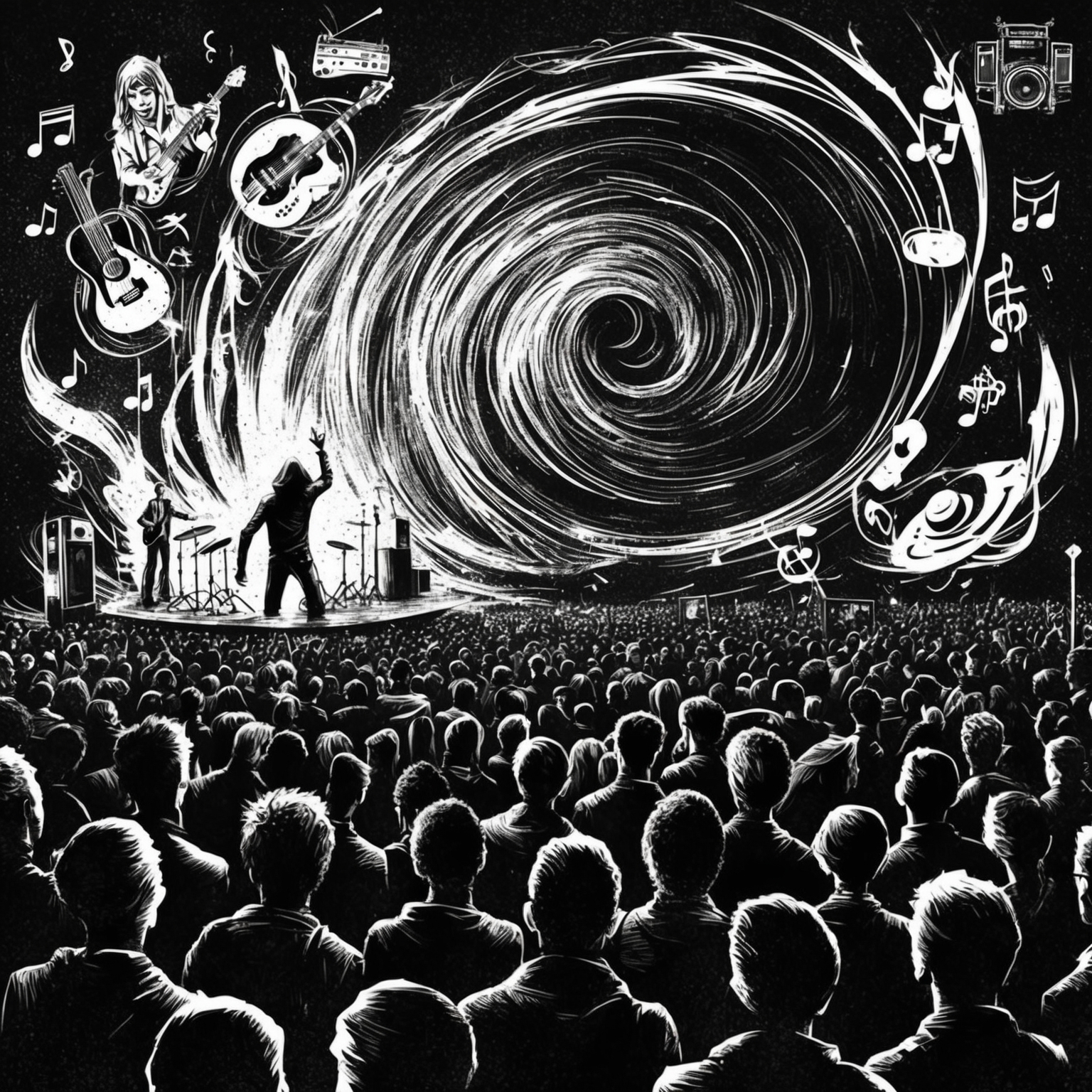 Nirvana’s ‘In Bloom’ offers a fascinating lyrical journey that is rich in themes and storytelling. At its core, the song dissects the ironies present within pop culture and the music industry during the late 80s and early 90s. While many interpret the lyrics as a critique of fans who enjoy the band’s music without understanding its deeper meaning, the words resonate with broader social commentary. The lyrics start with the evocative imagery of ‘selling the kids for food,’ where Cobain reflects on the commodification inherent in society and music. This opening strikes a chord as it juxtaposes innocence with harsh reality.
Nirvana’s ‘In Bloom’ offers a fascinating lyrical journey that is rich in themes and storytelling. At its core, the song dissects the ironies present within pop culture and the music industry during the late 80s and early 90s. While many interpret the lyrics as a critique of fans who enjoy the band’s music without understanding its deeper meaning, the words resonate with broader social commentary. The lyrics start with the evocative imagery of ‘selling the kids for food,’ where Cobain reflects on the commodification inherent in society and music. This opening strikes a chord as it juxtaposes innocence with harsh reality.
Narratively, ‘In Bloom’ relies on a third-person perspective, creating distance between the narrator and the subject. This detachment is pivotal as it highlights the superficial engagement some have with music. The chorus focuses on an archetype: someone who enjoys and participates in culture but lacks true comprehension. This repeated notion of ‘he knows not what it means’ serves as a recurring critique of blind consumerism.
Kurt Cobain’s lyrics utilize various literary devices to enhance this message. The use of alliteration, seen in lines like ‘he likes to shoot his gun,’ sharpens the lyrical cadence and underscores the carelessness of the subject. Metaphor is another prominent device, with lines that could symbolically refer to reproductive cycles as a metaphor for repetitive consumer behavior. Additionally, the catchy and ironic nature of the song draws a line between surface-level enjoyment and deeper introspection, a duality Cobain often explored in his works. The song’s satirical edge both aligns and contrasts with other songs from Nirvana’s ‘Nevermind’ album, spotlighting ‘In Bloom’ as an individualistic critique among Cobain’s extensive work.
? Did you know? Nirvana’s In Bloom was a cheeky critique of bandwagon fans who sang along without a clue! ? #90sRock #Nirvana #InBloom #FunFact tinyurl.com/yb27zb2m
Click to Tweet

